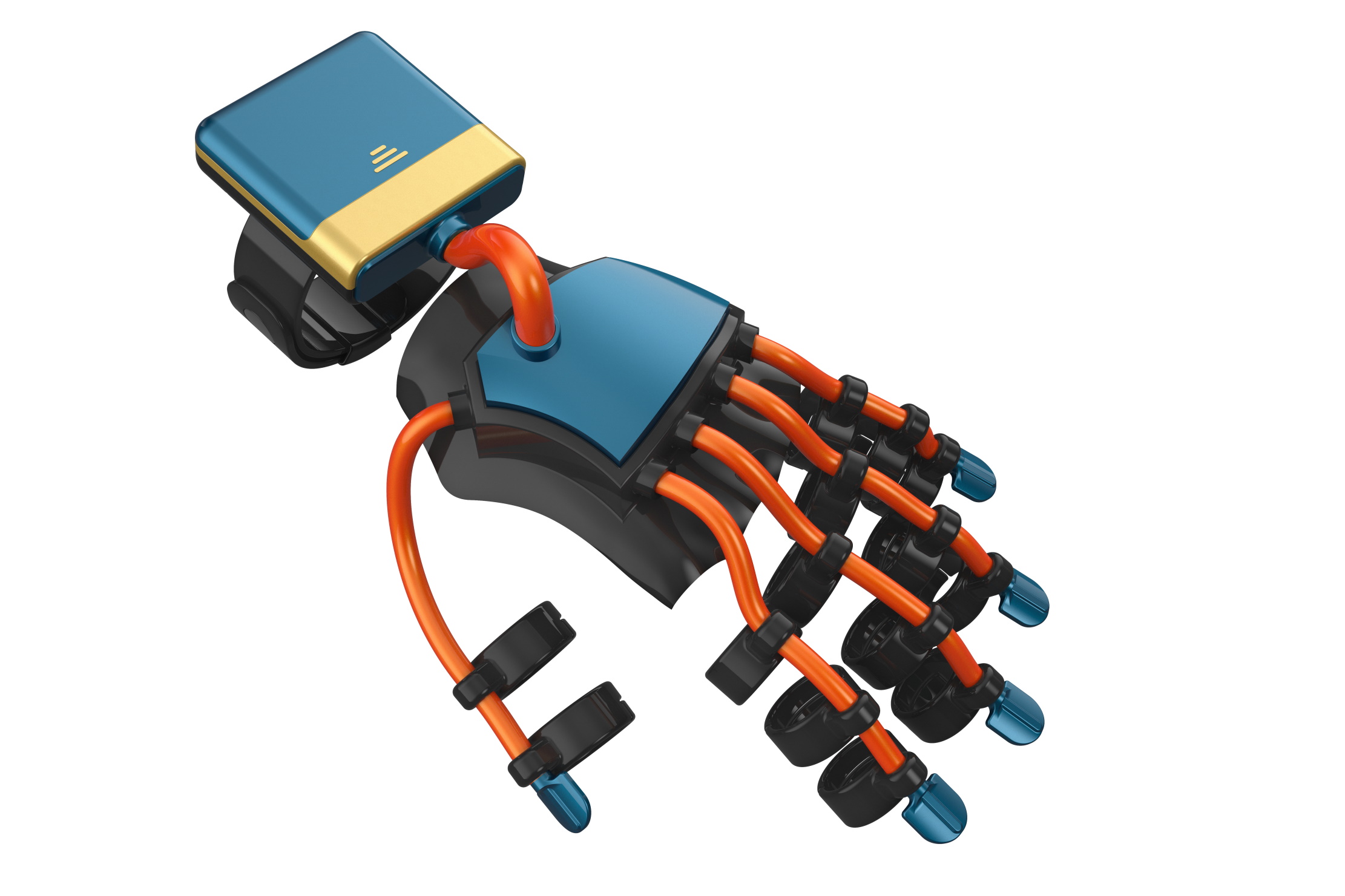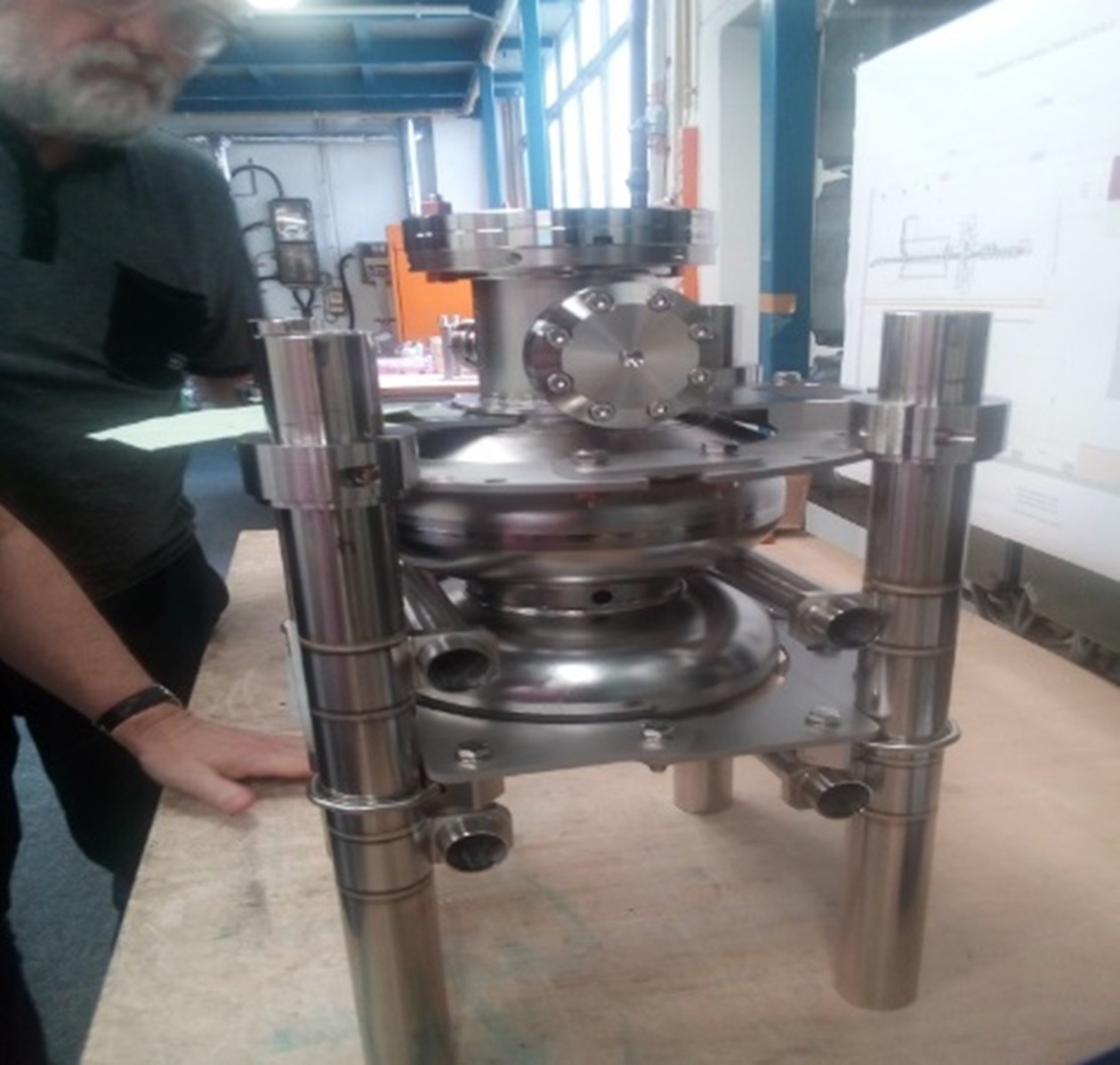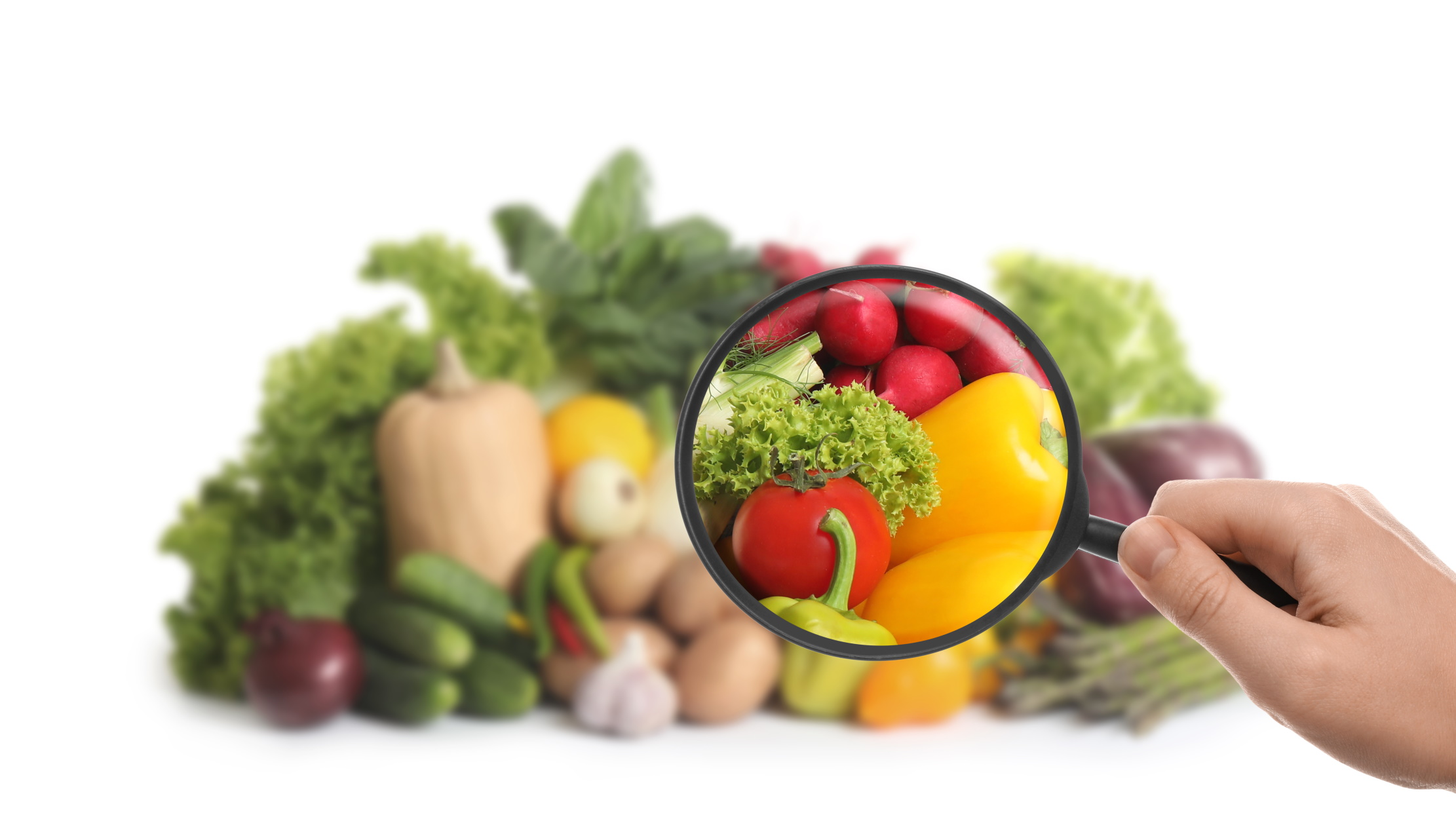Investigating Fructans to Understand How Plants Can Survive Harsh Environments | Dr José Ordaz-Ortiz
Original Article Reference
This SciPod is a summary of the paper ‘Localization and composition of Fructans in Stem and Rhizome of Agave Tequilana Weber var. azul’, in Frontiers in Plant Science. doi.org/10.3389/fpls.2020.608850
About this episode
The molecules within plant tissues can tell us about how they can withstand harsh environmental conditions. The Agave tequilana plant, native to Mexico, has a high concentration of fructan molecules throughout its tissues. Alongside his colleagues, Dr José Ordaz-Ortiz at the Center for Research and Advanced Studies of the National Polytechnic Institute in Mexico, combines several powerful analytical techniques to better understand the role that these fructans play in plant biology.
This work is licensed under a Creative Commons Attribution 4.0 International License. 
What does this mean?
Share: You can copy and redistribute the material in any medium or format
Adapt: You can change, and build upon the material for any purpose, even commercially.
Credit: You must give appropriate credit, provide a link to the license, and indicate if changes were made.
More episodes
Ahmed Alhindi – Dr. Meng-Sang Chew | Improving compliant mechanism designs with fuzzy logic
When they design mechanical systems, engineers first need to understand how they will behave using mathematical modelling tools that can simulate their movements. In recent years, they have increasingly explored the possibilities of ‘compliant’ mechanisms: highly flexible systems which are now being applied across numerous leading fields of technology. However, because their motions are often incredibly complex, engineers have so far found it difficult to recreate their behaviours in the mathematical tools needed to design them. Because they involve complex, nonlinear behaviour, designing compliant mechanisms has posed a long-standing challenge for engineers. While several advanced synthesis methods are now available, they’re often computationally intensive and can’t readily cope with the inevitable uncertainties in a system’s operating variables. In their latest research, Ahmed Alhindi and Dr. Meng-Sang Chew at Lehigh University, Pennsylvania, propose a novel approach that directly accounts for uncertainty in the design process. By reformulating widely used equations, their ‘dimensional synthesis’ method offers a streamlined yet powerful way to design compliant mechanisms under real-world, uncertain conditions.
Professor Roger Ulrich | Revisiting Mount Wilson: How corrected solar data revealed a groundbreaking discovery
Between 1982 and 2012, the 150-foot solar tower at Mount Wilson Observatory collected a vast archive of observations of the Sun’s surface. In a series of recent studies, Professor Roger Ulrich, together with colleagues Dr. Tham Tran and Dr. John Boyden at UCLA, have revisited these data, running a thorough recalibration of the findings. Their results led them to a crucial discovery: two properties of the Sun’s plasma which were once thought to be separate are actually two faces of the same underlying effect, which plays a fundamental role in shaping the Sun’s magnetic field throughout the solar cycle.
Dr Jerzy Lorkiewicz | How a Thin Film Could Transform the Future of Particle Accelerators
Building the next generation of particle accelerators depends on solving surprisingly small but stubborn material-related problems. Dr Jerzy Lorkiewicz and his collaborators of the National Centre for Nuclear Research in Poland tackled one of the toughest challenges: how to make lead films stick firmly to niobium, to realise his vision of a fully superconducting electron injector. By implanting lead ions into the niobium before adding a lead layer, his team created a smoother, more durable bond that resisted peeling. This innovation brings us closer to more efficient electron injectors for powerful particle accelerators.
Dr Michelangelo Anastassiades – Ann‑Kathrin Schäfer | A Smart Solution for Detecting Hidden Pesticides in Food
Highly polar pesticides such as glyphosate are notoriously difficult to detect in food due to their chemical properties and interference from natural food compounds. A new method developed by Dr Michelangelo Anastassiades and Ann‑Kathrin Schäfer of CVUA Stuttgart, and their colleagues, offers a more accurate and practical way to identify residues of these pesticides. By simplifying sample preparation and reducing interference, the method delivers reliable results across a wide range of foods. This development improves routine food safety testing and strengthens our ability to monitor potentially harmful pesticides.
Increase the impact of your research
• Good science communication helps people make informed decisions and motivates them to take appropriate and affirmative action.
• Good science communication encourages everyday people to be scientifically literate so that they can analyse the integrity and legitimacy of information.
• Good science communication encourages people into STEM-related fields of study and employment.
• Good public science communication fosters a community around research that includes both members of the public, policymakers and scientists.
• In a recent survey, 75% of people suggested they would prefer to listen to an interesting story than read it.

Step 1 Upload your science paper
Step 2 SciPod script written
Step 3 Voice audio recorded
Step 4 SciPod published




